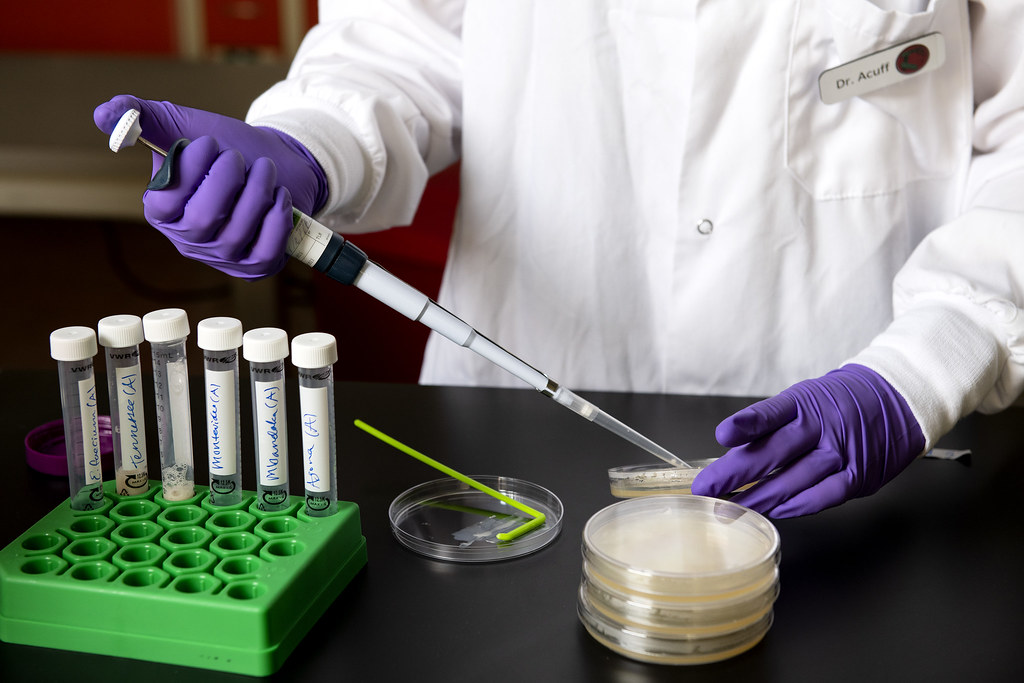
Food safety is a topic that touches every household, and few areas are as critical as ensuring the safety of the poultry products we consume daily. The U.S. Department of Agriculture (USDA) plays a pivotal role in this endeavor, constantly evaluating and refining its strategies to protect American consumers from foodborne illnesses. Recently, a series of significant developments regarding Salmonella in raw poultry have brought this crucial issue to the forefront, sparking both hope for enhanced safety and vigorous debate. Understanding these shifts is essential for consumers, producers, and public health advocates alike.
Salmonella bacteria cause over one million human infections in the United States each year, according to the Centers for Disease Control and Prevention (CDC), making it a persistent and concerning public health threat. While efforts to control Salmonella in poultry have been ongoing for decades, the rate of human illnesses has not seen a commensurate decline. This complex challenge underscores the need for continuous innovation and rigorous oversight in our food safety systems. The journey to safer poultry is dynamic, reflecting scientific advancements, evolving industry practices, and the imperative to safeguard public health.
We embark on an in-depth exploration of the USDA’s recent actions and proposals concerning Salmonella in raw poultry. Our aim is to provide clarity on the ambitious plans that were put forth, the specific targets they sought to address, and the broader context of the agency’s commitment to reducing foodborne illness. By shedding light on these critical details, we hope to empower you with the knowledge needed to understand the complexities of poultry safety and the proactive steps being considered to enhance it.

1. **The Urgent Call for Change: Understanding Salmonella’s Impact on Public Health**
Salmonella remains a formidable opponent in the realm of food safety, responsible for a staggering number of illnesses across the nation annually. The Centers for Disease Control and Prevention (CDC) estimates that more than 1 million human infections occur each year in the United States due to Salmonella bacteria. Of these, food is consistently identified as the leading source, with poultry products—including chicken and turkey—being among the primary culprits contributing to foodborne Salmonella illnesses. This grim statistic highlights the pervasive nature of the threat.
Specifically, the USDA estimates that approximately 125,000 foodborne Salmonella illnesses each year are associated with chicken consumption, and nearly 43,000 are linked to turkey. These numbers are not just statistics; they represent individuals who suffer from symptoms like diarrhea, fever, and abdominal cramps, some experiencing severe complications requiring hospitalization. The economic toll of these illnesses is also substantial, with chicken-associated Salmonella illnesses alone estimated to cost the U.S. over $2.8 billion annually in economic losses.
Despite the Food Safety and Inspection Service (FSIS) data indicating a decrease in Salmonella contamination rates in poultry products over time, a parallel reduction in human Salmonella illnesses has not been observed. This disconnect presented a significant challenge and spurred the USDA to reevaluate its strategies. Consumer advocacy organizations and other stakeholders had been petitioning the agency since early 2020, noting the failure of initiatives like Healthy People 2030 to meet Salmonella reduction targets and urging a revised approach to tackle the persistent problem of poultry-associated illnesses.
2. **A Historic Step: USDA’s Proposed Framework to Combat Salmonella in Poultry**
In response to this enduring public health challenge and years of data gathering and stakeholder engagement, the U.S. Department of Agriculture’s (USDA) Food Safety and Inspection Service (FSIS) issued a comprehensive proposed rule and determination on July 29, 2024. This initiative was hailed as a historic step forward by Agriculture Secretary Tom Vilsack, who stated, “Far too many consumers become sick from poultry contaminated with Salmonella, and today’s announcement marks a historic step forward to combat this threat.” The proposal represented the culmination of a three-year effort by FSIS to reassess its strategy for controlling Salmonella rates in poultry and to enhance the protection of American consumers.
Under Secretary for Food Safety Dr. Emilio Esteban emphasized the scientific foundation of the proposal, noting that the “proposed Salmonella framework is grounded in data and rigorous scientific evaluation, and it reflects feedback from extensive stakeholder engagement.” The framework was envisioned as a systematic approach to addressing Salmonella contamination at various stages of poultry slaughter and processing. It aimed to introduce enforceable standards that would lead to safer food products for consumers and a significant reduction in associated illnesses.
This robust framework was developed following a series of activities initiated by FSIS since 2021. These included charging the National Committee on Microbiological Criteria for Food for guidance, conducting risk profiles and quantitative risk assessments for pathogenic Salmonella subtypes in poultry, hosting public meetings and roundtables, and implementing an exploratory sampling program for young chicken carcasses. These efforts were all designed to gather comprehensive data and information to inform the proposed rule, ensuring a science-based approach to policy-making.
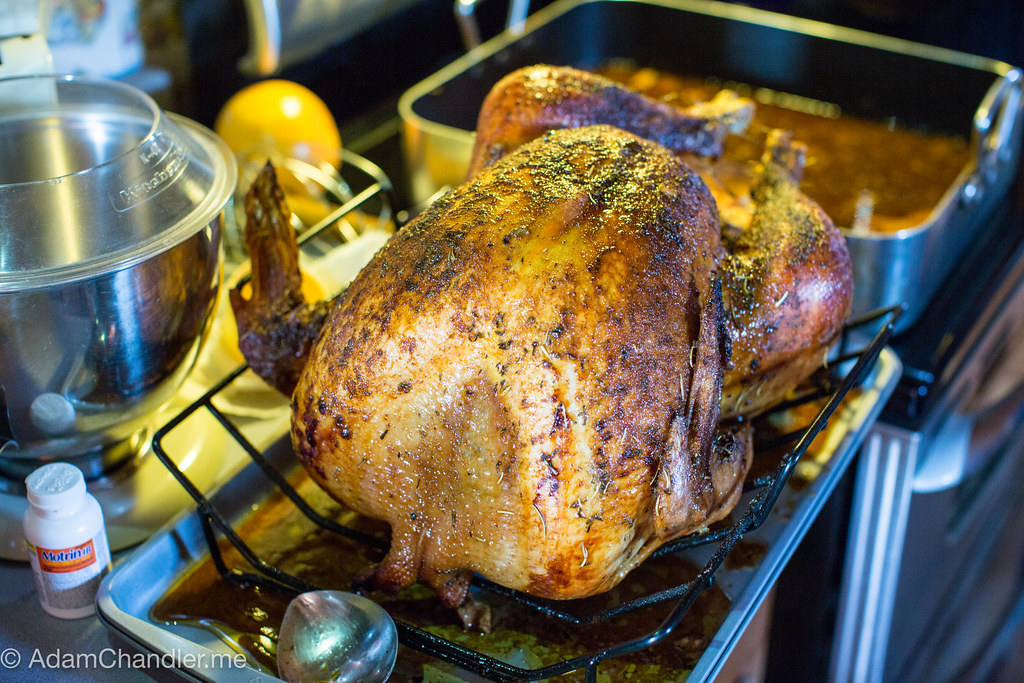
3. **Defining the Line: The Proposed ‘Final Product Standards’ for Raw Chicken and Turkey**
A cornerstone of the USDA’s July 2024 proposed rule was the establishment of stringent “final product standards” for raw poultry, which represented a significant shift in regulatory approach. This proposal aimed to prevent raw chicken carcasses, chicken parts, ground chicken, and ground turkey products from entering commerce if they contained certain levels and types of Salmonella contamination. Specifically, products would be considered adulterated if they contained any type of Salmonella at or above 10 colony forming units (CFU) per gram/ml and any detectable level of at least one of the Salmonella serotypes of public health significance identified for that commodity.
This move would have given the FSIS unprecedented power to stop the sale of products that failed to meet these standards. Currently, because Salmonella is not considered an adulterant in raw poultry, the Agency cannot withhold the mark of inspection or prevent products from entering commerce solely based on an establishment’s failure to meet performance standards. The proposed rule sought to change this, enabling the agency to classify non-compliant products as adulterated, making them illegal to sell or subject to recall if already in circulation. The Agency’s goal was clear: to set enforceable standards that would directly prevent contaminated products from reaching consumers, thereby reducing illnesses.
The implications of such a standard were substantial, promising a direct impact on the safety of the food supply. By defining clear, enforceable limits, the proposal aimed to place a greater onus on producers and processors to actively reduce the presence of pathogens in their products. This proactive stance would shift the burden of safety more decisively towards the production chain, rather than relying predominantly on consumer handling practices to mitigate risks, which, as data showed, had not sufficiently reduced illness rates.

4. **Targeting the Threat: Identifying Salmonella Serotypes of Public Health Significance**
Beyond simply setting a quantitative limit for Salmonella, the proposed rule introduced a critical qualitative component: the identification and targeting of specific Salmonella serotypes deemed to be of “public health significance.” This targeted approach acknowledged that not all Salmonella strains pose the same level of risk to human health. The proposal aimed to prohibit raw poultry products from entering commerce if they contained detectable levels of these particularly virulent serotypes, even if the overall Salmonella count was below the 10 CFU/gram/ml threshold when other strains were present.
For raw chicken carcasses, chicken parts, and comminuted chicken, the identified serotypes of public health significance were Enteritidis, Typhimurium, and I,4,[5],12:I:-. In the case of raw comminuted turkey, the proposal focused on Hadar, Typhimurium, and Muenchen. These specific serotypes were selected based on the FSIS chicken and turkey risk assessments, which identified them as the most highly virulent strains commonly associated with human illnesses from these products. By focusing on these specific, high-risk strains, the USDA aimed to maximize the public health impact of its regulatory efforts.
The agency also recognized that the landscape of Salmonella serotypes causing human illnesses could change over time. Therefore, the proposal included a commitment from FSIS to reevaluate these identified serotypes of public health significance at least every three to five years, or whenever new scientific information became available. This adaptive approach demonstrated a forward-thinking strategy, ensuring that the regulatory framework would remain relevant and effective in combating the evolving threats posed by Salmonella in the food supply. This dynamic list would allow the agency to respond promptly to emerging public health concerns.

5. **Elevating Oversight: The Proposed Microbial Monitoring Program for Poultry Plants**
To complement the final product standards, the proposed rule also mandated a significant enhancement of internal control measures within poultry establishments. It would have required poultry slaughter and processing establishments to develop and implement a robust microbial monitoring program (MMP) designed to prevent pathogen contamination throughout the entire slaughter system. This measure aimed to empower facilities to take proactive steps, incorporating advanced techniques to ensure continuous control over potential hazards at various stages of production.
Specifically, establishments would have been required to incorporate statistical process control (SPC) monitoring principles into their microbial monitoring programs. SPC is a data-driven method for monitoring and controlling a process to ensure it operates efficiently and consistently, identifying and addressing deviations before they lead to widespread contamination. This would have moved beyond simple pass/fail testing to a more analytical and preventive approach, enabling plants to spot and correct problems early.
A key operational change involved testing procedures: sampled and tested products would need to be held until test results were obtained and evaluated. This meant that establishments would have to implement written plans for responding to situations where violations of the regulation were found, including actions for product that failed to meet the new standards. Furthermore, FSIS proposed that all establishments would be required to submit their microbial monitoring data to the Agency electronically, enhancing transparency and facilitating more effective oversight and data analysis by the USDA. The agency also pledged to make resources available to very small and very low-volume establishments to help them comply with these new requirements, demonstrating a commitment to supporting all producers in adopting safer practices.
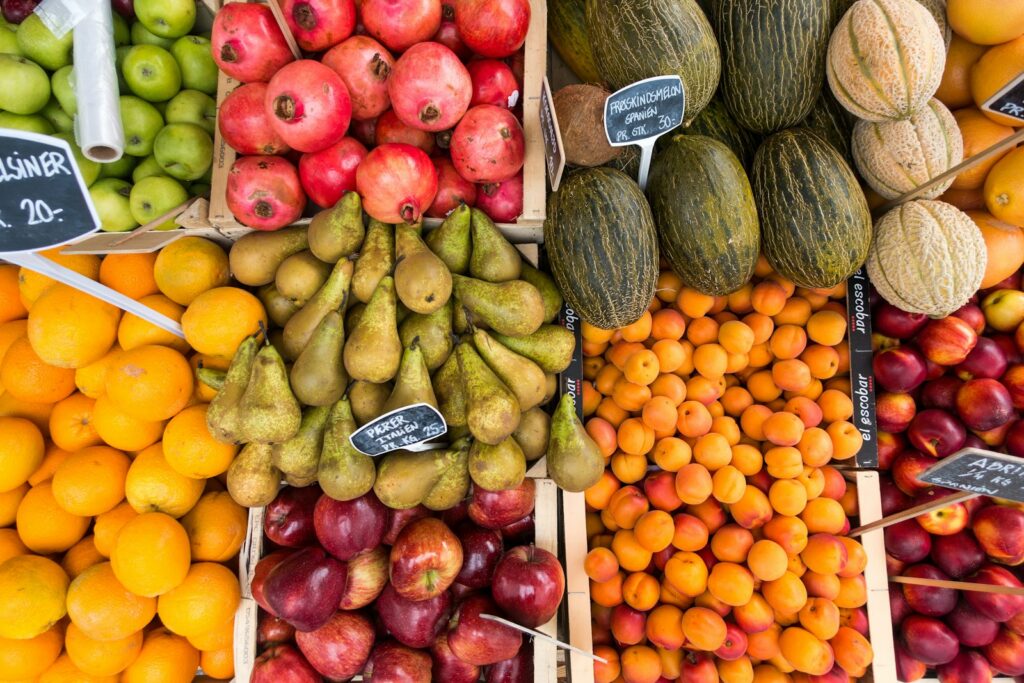
6. **Beyond the Bird: USDA’s Holistic Approach to Reducing Foodborne Illnesses**
The proposed framework for Salmonella in raw poultry was not an isolated effort but rather a significant piece of the USDA’s broader, ongoing strategy under the Biden-Harris Administration to enhance food safety and protect American consumers. This comprehensive approach recognizes that foodborne illness prevention requires multi-faceted interventions across various product categories and regulatory domains. The agency has been actively pursuing several key initiatives aimed at transforming America’s food system with a greater focus on ensuring access to safe, healthy, and nutritious food in all communities.
Earlier in 2024, FSIS published a final determination to declare Salmonella an adulterant in raw breaded stuffed chicken products when they exceed a threshold of 1 CFU per gram of Salmonella contamination. This was a critical precedent-setting action, as it marked one of the first times Salmonella had been declared an adulterant in a specific food product, similar to the action taken against certain E. coli strains in ground beef in 1994. This move addressed a specific category of poultry products historically linked to numerous outbreaks and illnesses, underscoring the USDA’s commitment to tackling known high-risk items directly.
Additionally, FSIS announced a final rule allowing the voluntary “Product of USA” claim to be applied only to those FSIS-regulated products that are derived from animals born, raised, slaughtered, and processed entirely within the United States. While not directly related to pathogen reduction, this initiative reflects the USDA’s dedication to preventing false and misleading label claims, thereby fostering greater transparency and trust in the food supply chain. These efforts collectively demonstrate the USDA’s comprehensive commitment to public health, extending from pathogen control to accurate consumer information, all aimed at fostering a more resilient and trustworthy food system.
7. **An Unexpected Reversal: The Withdrawal of the Proposed Salmonella Rule (April 2025)**
In a significant and somewhat surprising development in late April and early May 2025, the U.S. Department of Agriculture (USDA) announced the withdrawal of its proposed framework for regulating Salmonella in raw chicken and turkey. This reversal came after a three-year effort by the USDA’s Food Safety and Inspection Service (FSIS) to reassess its strategy and introduce more stringent controls on Salmonella contamination in poultry products. The initial proposal, unveiled in July 2024, had been heralded as a historic step, designed to prevent hundreds of thousands of foodborne illnesses annually.
The decision to withdraw the proposed rule was not made lightly. According to FSIS officials, it followed an extensive public comment period, which concluded on January 17, 2025, and garnered more than 7,000 responses. This voluminous feedback came from a wide array of stakeholders, including large and small poultry companies, consumer advocacy groups, scientific experts, government officials, law students, and even international parties. Many of these comments raised profound questions and concerns that required further analysis and time.
Key areas of concern highlighted in the public comments included whether FSIS possessed the legal authority to implement such sweeping changes. There were also questions regarding the scientific data underpinning the proposal and the potential financial and operational burdens it could impose on producers, particularly smaller establishments. Additionally, stakeholders inquired whether alternative or more effective strategies existed to address Salmonella contamination. The National Chicken Council, an industry group, openly criticized the rule, arguing it was “legally unsound, misunderstood science, would have raised costs and led to more food waste ‘with no meaningful impact’ on public health.” The FSIS ultimately stated that the feedback raised important questions that needed more time and analysis, emphasizing its continued support for reducing Salmonella-related illnesses and its commitment to improving food safety strategies.
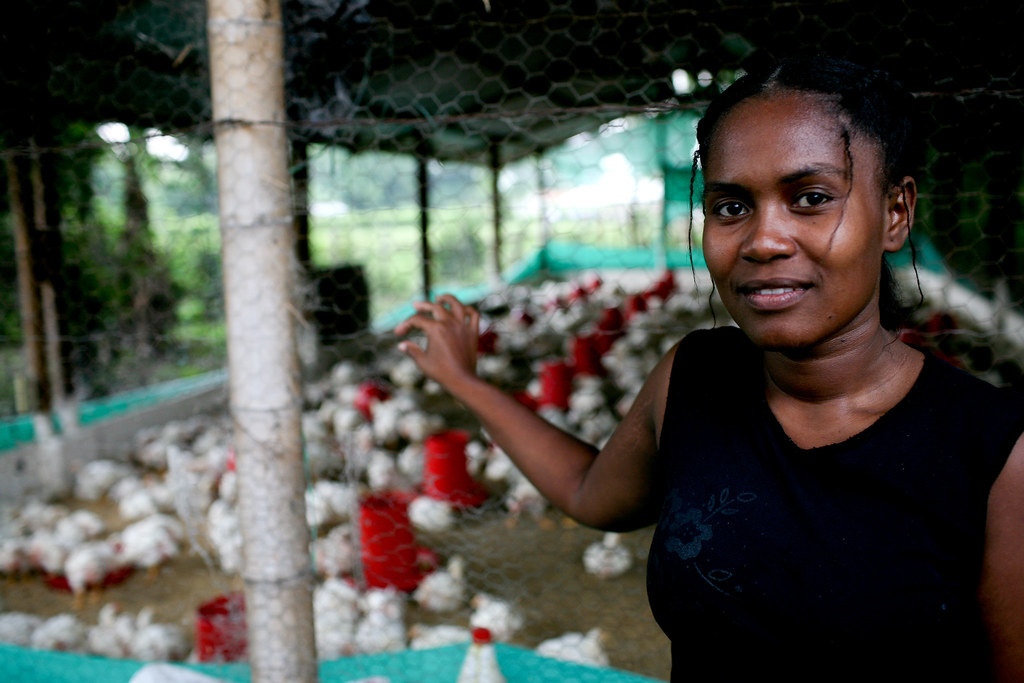
8. **Setting the Record Straight: What the Withdrawal Does (and Doesn’t) Mean for Poultry Safety**
Following the withdrawal of the proposed Salmonella framework, a key point of public clarification became necessary. Rumors swiftly circulated online, suggesting that the USDA would no longer require companies to limit Salmonella bacteria in poultry products. However, the USDA and FSIS were quick to dispel these misconceptions, confirming that the withdrawal of the proposal does not, in fact, leave Salmonella in raw poultry entirely unregulated. Food safety remains a paramount concern for the agency, and a foundational regulatory structure is still firmly in place.
A USDA spokesperson explicitly stated that the withdrawn proposal “has never gone into effect, and was merely a proposal, therefore there is no effect on the safety of the food supply chain.” This crucial clarification means that the existing regulatory mechanisms for controlling Salmonella in poultry continue to operate as they have for decades. The agency’s long-standing “performance standards” for poultry processing plants remain in force, ensuring ongoing oversight and a measure of protection for consumers.
The most recent iteration of these performance standards, established in 2016, continues to be actively enforced. While the ambitious new framework sought to introduce more direct and enforceable “final product standards,” its withdrawal simply means that the regulatory landscape reverts to the pre-proposal state. The USDA has indicated, however, that it will “evaluate” whether these current performance standards need to be updated. This suggests that while the specific July 2024 proposal is off the table, the agency’s commitment to continuously improving food safety protocols and addressing the persistent challenge of Salmonella contamination endures.
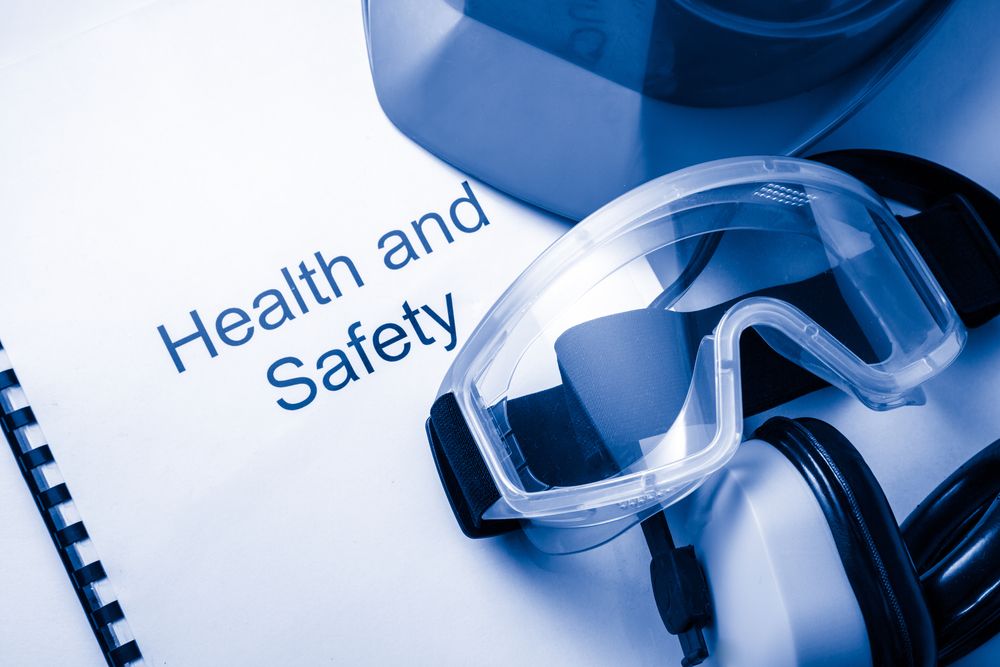
9. **The Foundation of Safety: How Current Performance Standards Regulate Poultry Plants**
Despite the withdrawal of the proposed rule, the U.S. Department of Agriculture’s Food Safety and Inspection Service (FSIS) continues to regulate Salmonella levels at poultry processing plants through established “performance standards.” These standards, first implemented in 1996 and most recently updated in 2016, form the bedrock of the agency’s approach to reducing bacterial contamination in raw poultry products, including chicken. They outline the maximum acceptable percentage of products that can test positive for Salmonella within a given period.
Under this current framework, FSIS actively tests poultry products at processing plants. Based on the frequency with which an establishment’s test results exceed the “maximum acceptable percent positive” as defined in the standards, plants are categorized into one of three tiers. For instance, plants designated as Category 3 are those that have “exceeded the maximum allowable percent positive during the most recently completed 52-week moving window,” signaling consistent challenges in meeting the Salmonella reduction targets.
Plants falling into Category 3 face heightened scrutiny from FSIS. This involves increased inspections and monitoring to help them identify and correct issues in their processes. The 2016 framework specifies that if, after 90 days, a Category 3 establishment has not demonstrated improved process control and has not taken adequate corrective actions, FSIS “will likely take enforcement actions, such as by issuing a Notice of Intended Enforcement (NOIE) or by suspending inspection.” These measures are designed to motivate plants to improve their food safety practices and reduce Salmonella levels, safeguarding public health.
Beyond direct agency enforcement, poultry processing plants have additional motivations to maintain strong performance under these standards. The FSIS regularly publishes the results of its tests and the categories of plants on its website, making this information publicly accessible. This transparency means that “consumers and wholesale buyers in the poultry supply chain can equally view the Web site,” creating market pressure. Supermarkets and other buyers, for example, may be disinclined to purchase goods from Category 3 plants or may include contractual terms requiring suppliers to maintain specific performance standard categories, thereby incentivizing adherence to safety protocols.
Read more about: Organic vs. Conventional: Unpacking the Truth for Savvy Shoppers
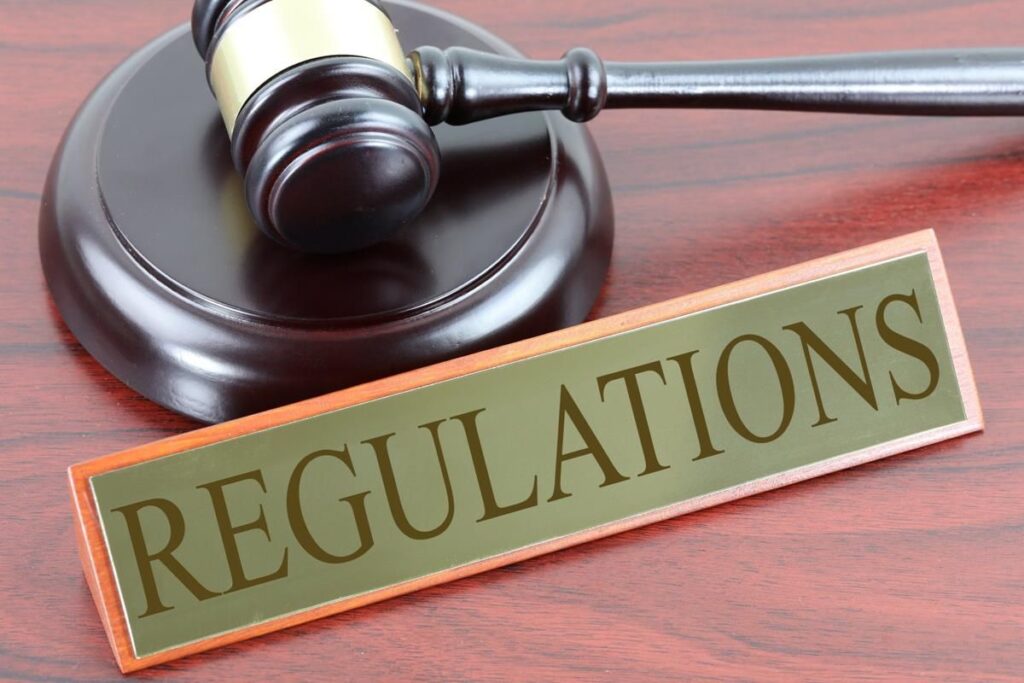
10. **Unpacking the Limitations: Where Current Salmonella Regulations Fall Short**
While the existing performance standards framework plays a crucial role in poultry safety, it also possesses notable limitations that the withdrawn USDA proposal aimed to address. A fundamental gap in the current regulatory structure is that Salmonella is not considered an “adulterant” in raw poultry products. This distinction is critical, as it directly impacts FSIS’s ability to take definitive action against contaminated products. Unlike certain strains of E. coli in ground beef, which are classified as adulterants, the presence of Salmonella at high levels in raw poultry does not automatically render the product illegal for sale.
Consequently, under the current rules, FSIS “cannot withhold the mark of inspection or otherwise prevent products produced in an establishment that has failed the performance standards from entering commerce based solely on the establishment’s performance standard results.” This means that even if a poultry plant consistently struggles to meet Salmonella performance standards and is designated as a Category 3 facility, FSIS cannot, by law, shut down its operations or stop the sale of its products based solely on those Salmonella test results. This limitation represents a significant difference from the proposed 2024 framework, which would have classified non-compliant products as adulterated, allowing for their immediate removal from the market.
Critics of the withdrawal, including prominent consumer watchdog groups like the Center for Science in the Public Interest and the Consumer Federation of America, have voiced strong concerns about these shortcomings. They argue that the current framework places an “unfair burden” on consumers. Without the power for FSIS to unequivocally bar contaminated products from sale, the responsibility for preventing foodborne illness often falls back on individuals to properly handle and cook poultry. Such an approach, they contend, is inadequate given the persistent rates of Salmonella illnesses, with one critic stating that government inaction was “certain to make Americans sicker.”
The proposed rule would have fundamentally altered this dynamic by introducing enforceable “final product standards” and categorizing products exceeding these limits as adulterated. This shift would have empowered FSIS to directly prevent products with unsafe levels and types of Salmonella from reaching consumers, thereby moving the burden of safety more firmly onto the producers. The absence of this proposed change highlights an ongoing challenge in ensuring a consistently safe poultry supply, leaving consumers with a greater responsibility to mitigate risks in their own kitchens.

11. **The Human Cost: Understanding the Dangers and Symptoms of Salmonellosis**
The persistent challenge of Salmonella in poultry has direct and often severe implications for human health, manifesting as a condition known as salmonellosis, or Salmonella infection. This common foodborne illness is responsible for a staggering number of cases annually across the United States. According to comprehensive 2023 statistics from the Centers for Disease Control and Prevention (CDC), there are approximately 1.35 million cases of salmonellosis each year. This makes Salmonella a leading cause of foodborne illness, underscoring the widespread nature of the threat it poses to public health.
The symptoms of salmonellosis typically include diarrhea, fever, and abdominal cramps. While many healthy individuals can recover from a Salmonella infection within a few days without specific treatment, the illness can be far more serious for vulnerable populations, such as young children, the elderly, and those with weakened immune systems. In these more severe cases, diarrhea can lead to life-threatening dehydration. Furthermore, if the Salmonella bacteria spread beyond the intestines into the bloodstream and other parts of the body, it can cause other serious, potentially life-threatening complications that require immediate medical attention.
The impact of Salmonella extends beyond individual suffering, with significant societal costs. Of the 1.35 million annual cases, around 26,500 individuals require hospitalization, and sadly, approximately 420 deaths occur each year due to salmonellosis. Poultry products are consistently identified as major contributors to these statistics, with FSIS estimating that about 125,000 chicken-associated and nearly 43,000 turkey-associated foodborne Salmonella illnesses occur each year. The economic burden is also substantial, with chicken-associated Salmonella illnesses alone estimated to cost the U.S. over $2.8 billion annually in economic losses, encompassing medical expenses, lost productivity, and other related expenditures.
These figures underscore the urgent need for robust food safety measures. Even as regulatory debates continue and proposals evolve, the fundamental risk of Salmonella infection remains a palpable concern for consumers. Understanding these dangers and recognizing the symptoms of salmonellosis is vital for prompt action, emphasizing the shared responsibility in minimizing the human cost of this prevalent foodborne pathogen.
12. **Your Role in Safety: Practical Advice for Handling Poultry and Future Outlooks**
Given the complex and evolving regulatory landscape surrounding Salmonella in poultry, consumers play a vital role in protecting themselves and their families from foodborne illness. Since the USDA cannot currently prevent the sale of poultry products based solely on high Salmonella levels, the responsibility for safe handling and preparation largely rests with individuals in their own kitchens. Fortunately, readily available guidance can significantly reduce the risk of infection. Foodsafety.gov, the U.S. government’s food safety information website, offers comprehensive advice on how to handle products that may carry bacteria like Salmonella.
Key practices include thoroughly cooking poultry to the correct internal temperature (165°F or 74°C), using a food thermometer to ensure accuracy. It is equally important to prevent cross-contamination by using separate cutting boards, utensils, and plates for raw and cooked poultry, and by washing hands thoroughly with soap and water after handling raw meat. Prompt refrigeration of poultry products and avoiding the washing of raw chicken, which can spread bacteria to other surfaces, are also crucial steps in minimizing risk.
Looking ahead, the journey to safer poultry is far from over. While the USDA’s ambitious July 2024 proposal was withdrawn, the agency has affirmed its commitment to continuing efforts to reduce Salmonella-related illnesses. The USDA stated it would “evaluate” whether to update the current performance standards, indicating that further regulatory refinements may be on the horizon. It remains unclear whether the USDA intends to propose an entirely new regulatory framework in place of the one it withdrew, highlighting the dynamic and ongoing nature of these public health initiatives.
Consumers should also be aware of other recent developments, such as the USDA’s delayed enforcement of a final rule regulating Salmonella levels in certain raw breaded stuffed chicken products. Originally set for May 1, 2025, enforcement is now slated to begin on November 3, 2025. These products have been linked to numerous Salmonella outbreaks and illnesses, making vigilance particularly important. FSIS pledges to keep the public informed through its website, newsletters, and email subscription services, providing updates on food safety, recalls, and regulations. By staying informed and diligently following safe food handling practices, consumers can act as a critical line of defense against Salmonella.
The ongoing dialogue between regulatory bodies, the industry, and consumer advocates underscores the intricate balance between ensuring a safe food supply and managing the realities of production. While the recent withdrawal of a comprehensive proposal may create uncertainty, it also reinforces the continuous need for vigilance—both from those who oversee food safety and from every individual preparing meals at home. Ultimately, the shared goal of protecting public health from the persistent threat of Salmonella demands a multi-pronged approach, where regulatory standards, industry innovation, and informed consumer practices all converge to build a more secure and healthier food system for everyone.






